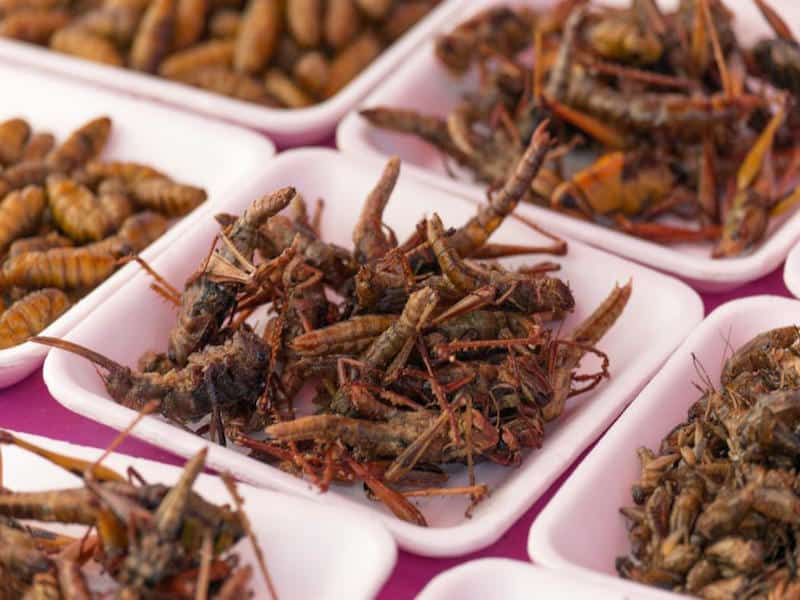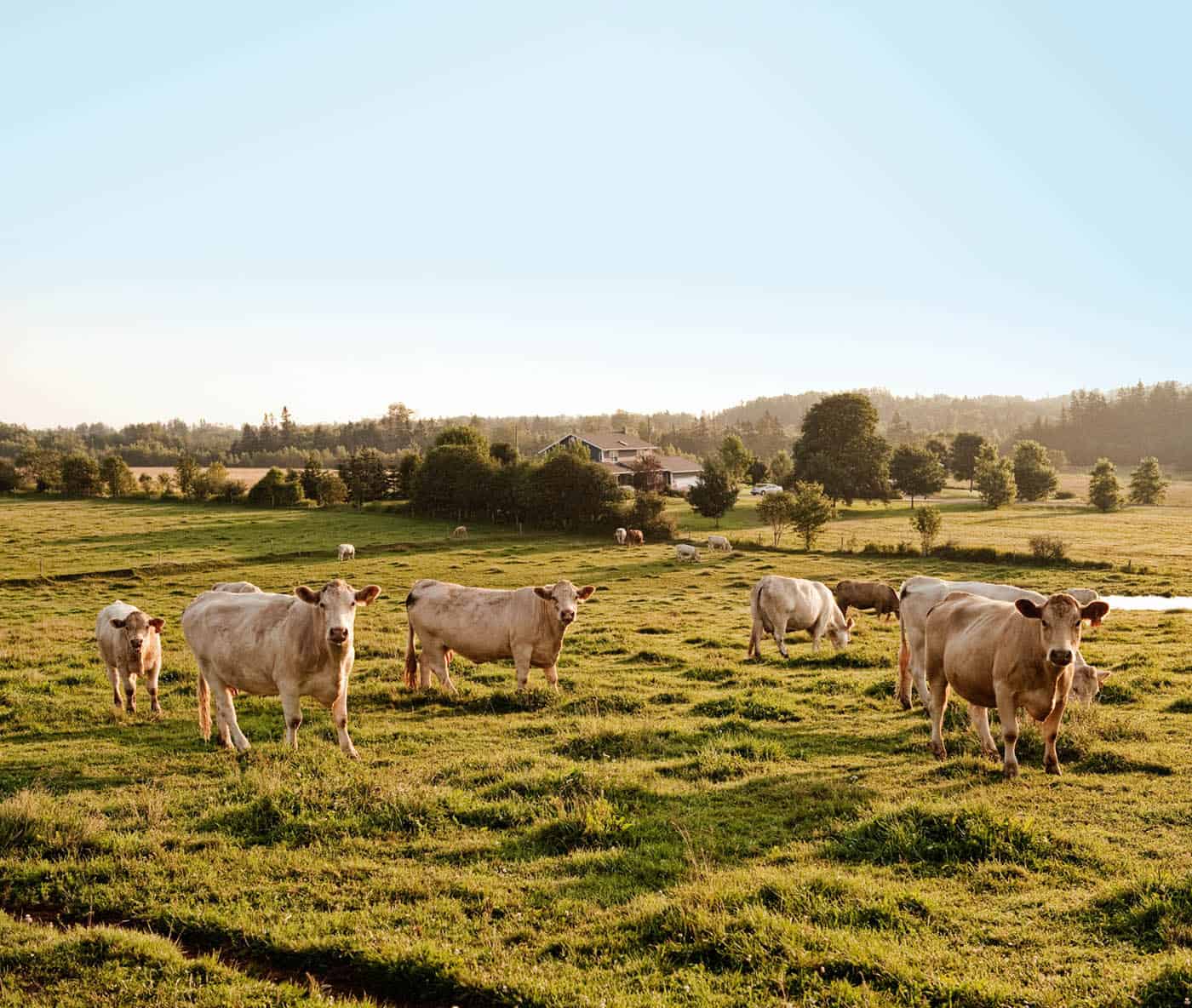
In 2015 the market for edible insects was more than $33 million. By 2023 the market is predicted to grow by 40%.
What’s behind this rise in the consumption of insects? Mostly, health and environmental sustainability concerns. In our obsessive society, insects may be the ultimate health food: low environmental impact, inexpensive, easily available for consumption and super-nutritious.
Edible insects are nutritional powerhouses, packed with fatty acids, protein, dietary energy, vitamins, minerals and fibres. They are also an excellent source of oils & fats rich in polyunsaturated fatty acids. They even emit low levels of greenhouse gases – unlike the much-maligned cow.
A bug-eating future sounds like a brave new world to us, but how many of us are prepared to eat grasshoppers, crickets, flies or mealworms? Or knock back a cockroach milk smoothie, the recently reported next-big-thing health drink.
Roughly 2 billion people around the world already consume insects as part of their regular diet. Locals around Lake Victoria in Africa gather adults of the mayfly Povilla adusta together with midges to make a type of patty called ‘Kungu’. This protein rich food stuff is an important part of their diet. Entomophagy is common in 80% of the world’s countries – just not in North America or Europe.
But that will change. In the past 3 to 4 years, roughly 25 companies that specialise in edible insect food products have been launched in Canada, and in the U.S. One Hop Kitchen is the latest company to expand into the category with an insect-based Bolognese sauce that’s aimed straight for the middle aisle of the grocery store.
They’ll be competing with companies like Exo (protein bars made with cricket flour), Six Foods (cheddar or BBQ cricket chips) and Chapul (stone-ground cricket protein powder).
There’s even a cookbook. Eat Grub: The Ultimate Insect Cookbook features 55 recipes for everything from grasshoppers to mealworms and how to grill, puree, grind and bake them.
Will consumers be bitten by the edible insect bug? Given the current craze for a healthy lifestyle that won’t damage the environment, it seems like a shoo-in.



